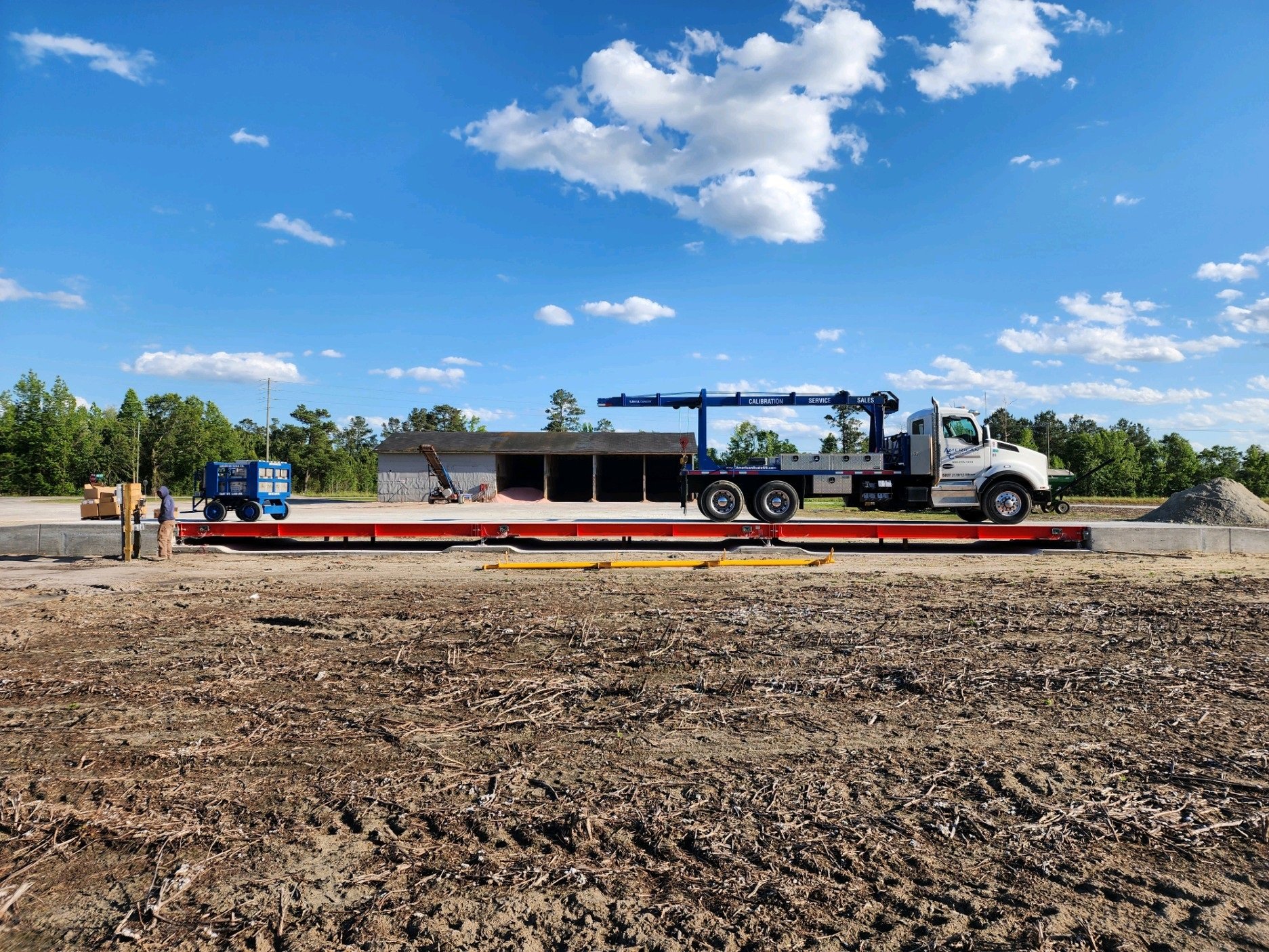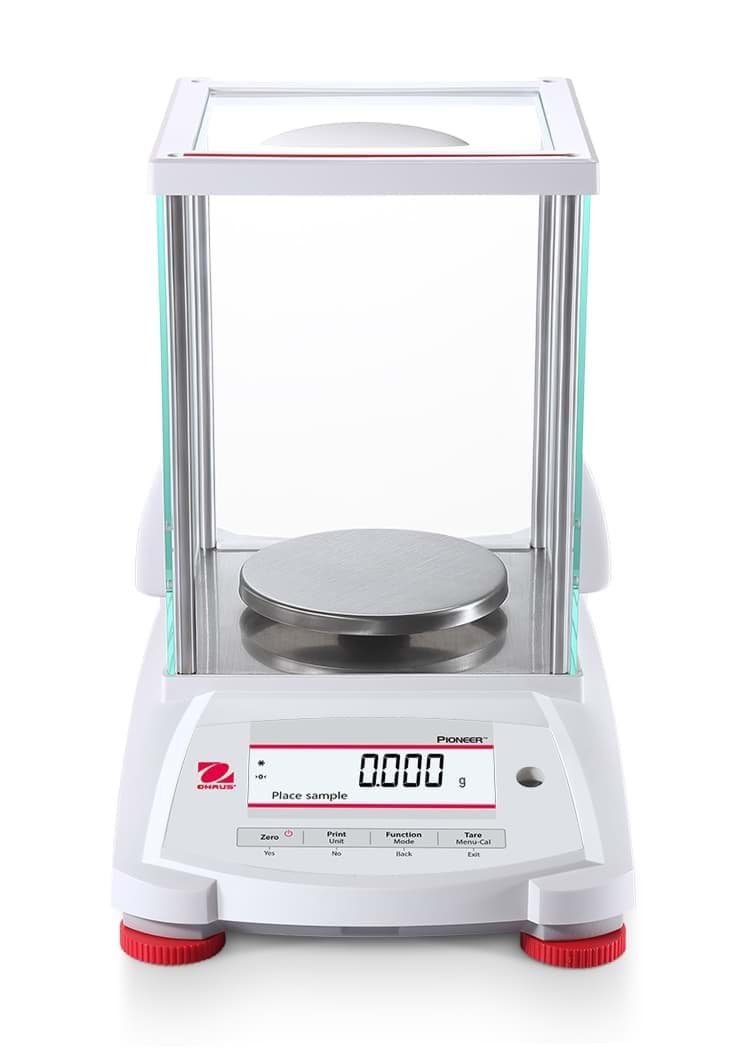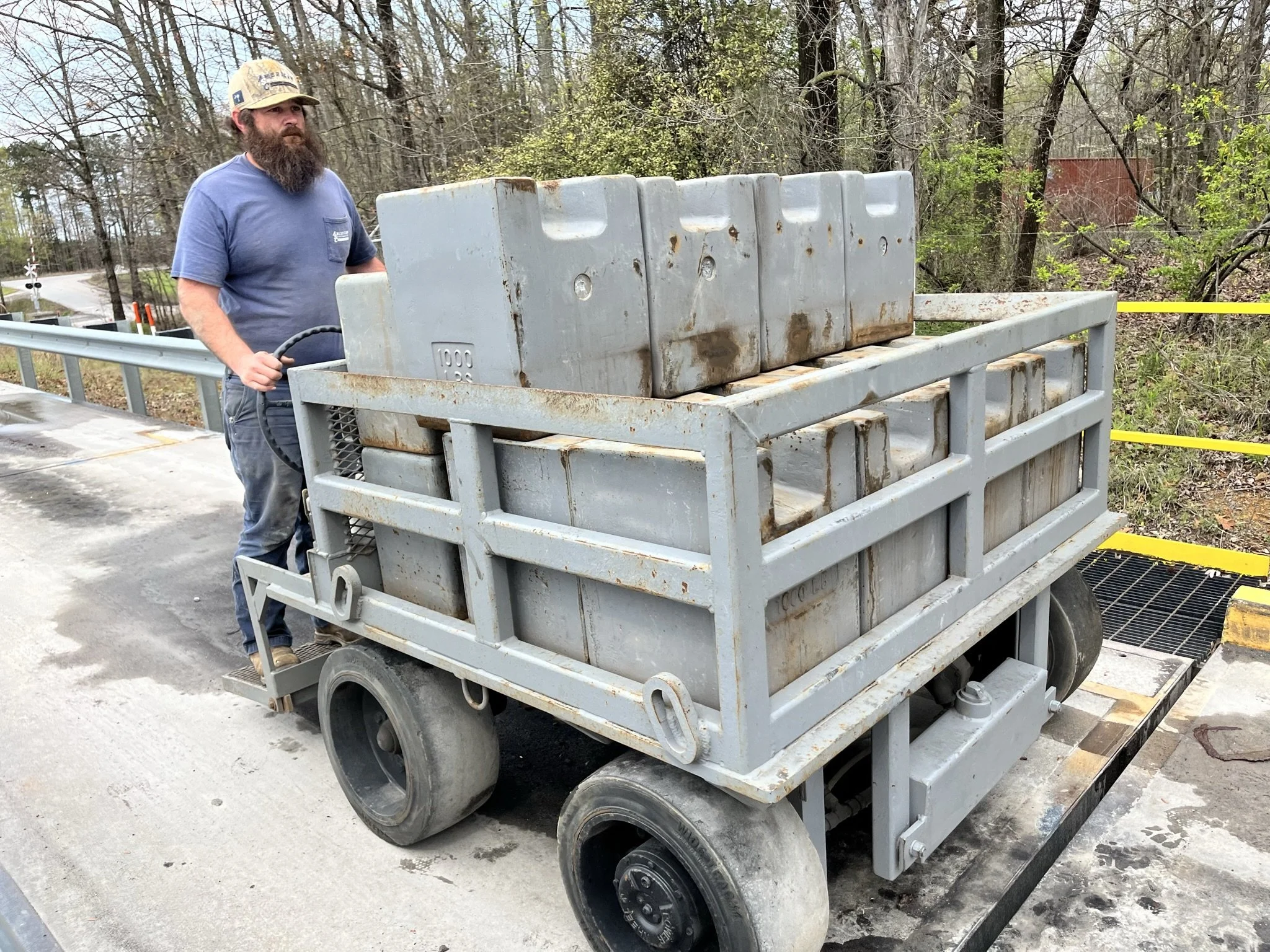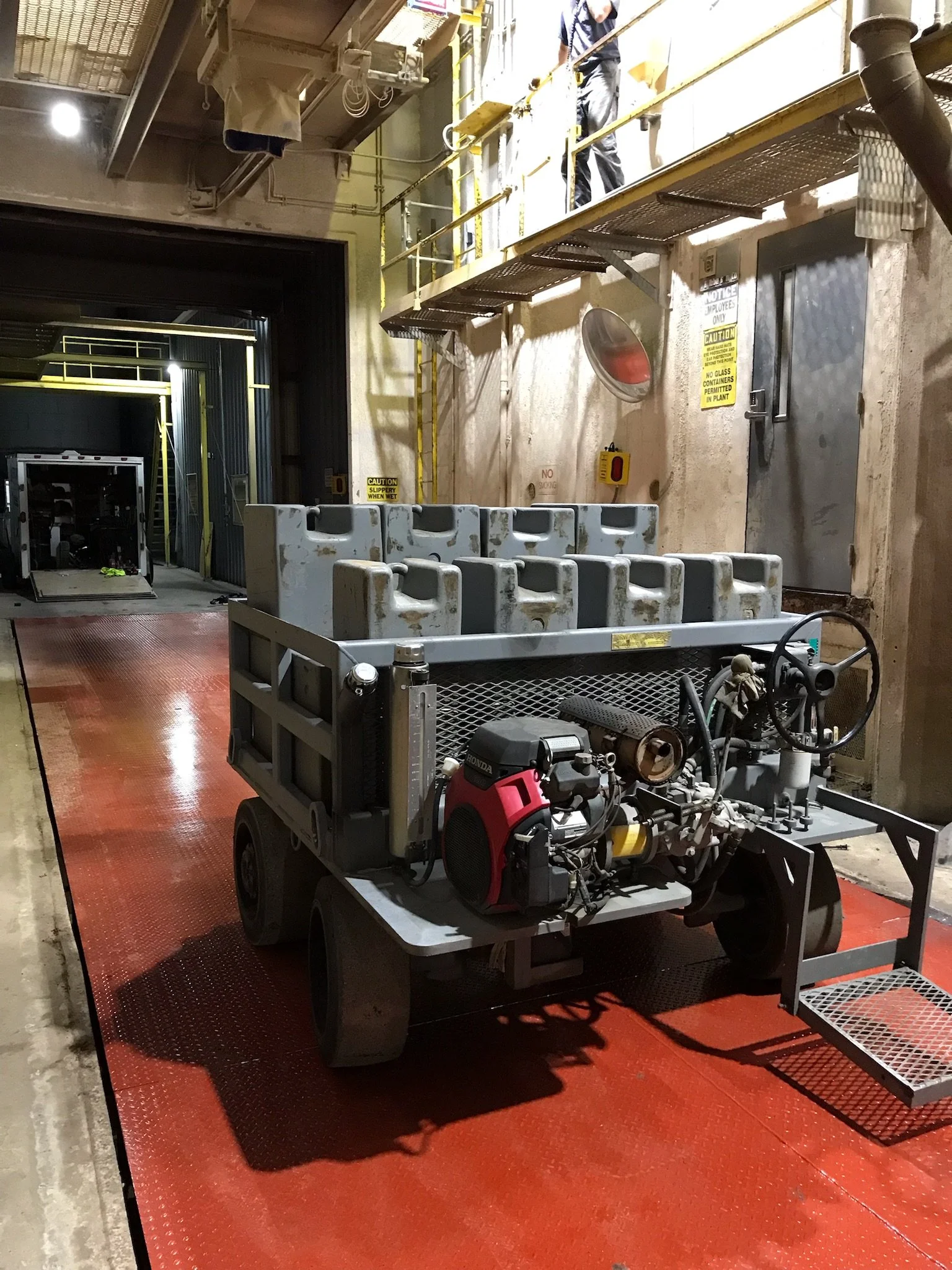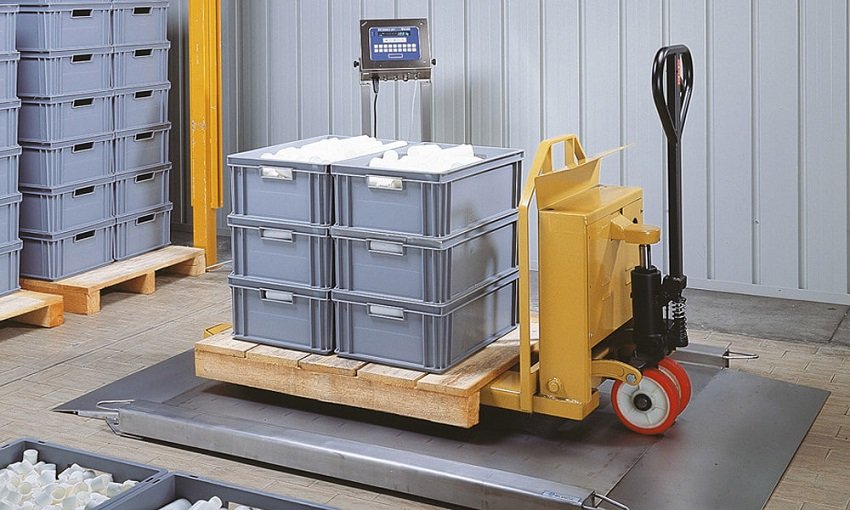In industrial settings, precise and efficient counting of items is crucial for inventory management, quality control, and operational productivity. An industrial counting scale is a valuable tool that can streamline these processes and deliver accurate results. However, with numerous options available in the market, choosing the right counting scale for your industrial needs can be challenging. In this comprehensive guide, we will explore the key factors to consider when purchasing an industrial counting scale to ensure you make an informed decision.
Accuracy:
In industrial environments, accuracy is of paramount importance. Investing in a counting scale with high accuracy ensures reliable and precise counting results. Look for scales that offer a resolution of at least 1:10,000 or better, as it enables accurate counting of even small and lightweight items. Consider scales with advanced technology, such as electromagnetic force restoration or strain gauge load cells, to ensure superior accuracy.
Capacity:
Determine the maximum weight capacity required for your industrial counting scale. Consider the range of items you typically weigh and choose a scale with a capacity that accommodates those items comfortably. It is crucial to select a scale with a capacity that exceeds your maximum weighing requirements to avoid overloading and potential inaccuracies.
Units of Measurement:
Ensure that the industrial counting scale supports the units of measurement you commonly use in your operations. Whether it's grams, kilograms, pounds, ounces, or any other unit, the scale should offer the flexibility to switch between different units effortlessly. This feature allows you to adapt the scale to your specific measurement needs.
Counting Resolution:
Counting resolution refers to the smallest unit that the scale can count accurately. For industrial applications that involve small parts or components, opt for a counting scale with a high counting resolution. A resolution of 1:500,000 or better ensures precise counting, reducing errors and enhancing efficiency in your counting processes.
Sample Size:
The sample size is the number of items that need to be weighed to obtain an accurate count. Some counting scales require larger sample sizes for accurate counting, while others can deliver precise results with smaller samples. Consider the time and effort required to weigh samples and choose a scale that allows for smaller sample sizes, minimizing the counting time and increasing productivity.
Tare Function:
The tare function is a vital feature for industrial counting scales. It allows you to zero out the weight of containers or packaging, ensuring that only the item being counted contributes to the measurement. This feature enables accurate counting and simplifies the weighing process for bulk items or those with varying packaging weights.
Counting Modes:
Different industrial counting scales offer various counting modes to accommodate diverse needs. Simple counting mode is the standard, but advanced scales may provide accumulation counting, preset counting, or other specialized modes. Assess your requirements and choose a scale that offers the counting modes that align with your industrial processes.
Connectivity Options:
Consider whether you require connectivity options for data transfer and analysis. Industrial counting scales with USB, RS-232, or Ethernet ports allow you to connect to computers, printers, or other devices for data management. This connectivity enhances inventory control, simplifies record-keeping, and facilitates integration with existing systems.
Battery Life and Power Options:
If portability or power outages are a concern, evaluate the battery life and power options of the counting scale. Look for scales with long-lasting batteries or the ability to operate on both batteries and AC power. Some scales also feature power-saving modes that extend battery life. Assess the scale's power requirements and choose accordingly.
Durability and Build Quality:
Industrial environments can be demanding, so durability and build quality are crucial considerations. Look for counting scales constructed with sturdy materials, such as stainless steel or rugged plastics, that can withstand heavy usage and resist damage. Consider scales with IP ratings to ensure resistance to dust, water, and other potential environmental factors.
Calibration and Maintenance:
Regular calibration is essential for accurate measurements. Choose an industrial counting scale that offers easy calibration procedures. Some scales come with calibration weights or automated calibration functions, simplifying the calibration process. Additionally, assess the availability of service and support for the scale brand you choose to ensure long-term maintenance and calibration needs are met.
User-Friendly Interface:
A user-friendly interface enhances the ease of operation and reduces training time for employees. Look for industrial counting scales with clear displays, intuitive buttons, and easy-to-navigate menus. Features like backlit displays or larger screens can improve visibility, especially in low-light or busy industrial environments.
Additional Features
Consider any additional features that can enhance your counting processes. Some industrial counting scales offer piece-weight calculation, statistical analysis, memory functions for storing item data, or customizable settings. Assess these features and determine their relevance to your specific industrial requirements.
Check our article on The Guide to Counting Scales for a more in depth look at the various features that can come with a counting scale.
Budget
Establish a budget range for your industrial counting scale purchase. Compare the features, functionality, and quality against the price to ensure you're getting the best value for your investment. Strike a balance between affordability and the necessary features required for your industrial application.
Counting scales have a vast array of price points. When it comes down to selecting the proper counting scale for you, then consider the aforementioned factors, but also think about your price point. Counting scales can range anywhere from $200 - $5,000 depending on size, capacity and features. Be sure to check out our counting scale page to see all the counting scales we offer.
Conclusion:
Choosing the right industrial counting scale is essential for accurate inventory management and efficient counting processes. By considering factors such as accuracy, capacity, units of measurement, counting resolution, sample size, tare function, counting modes, connectivity options, battery life, durability, calibration, user interface, additional features, and budget, you can make an informed decision that aligns with your industrial needs. Investing in a reliable and high-quality industrial counting scale will streamline your operations, improve productivity, and facilitate effective inventory control.





